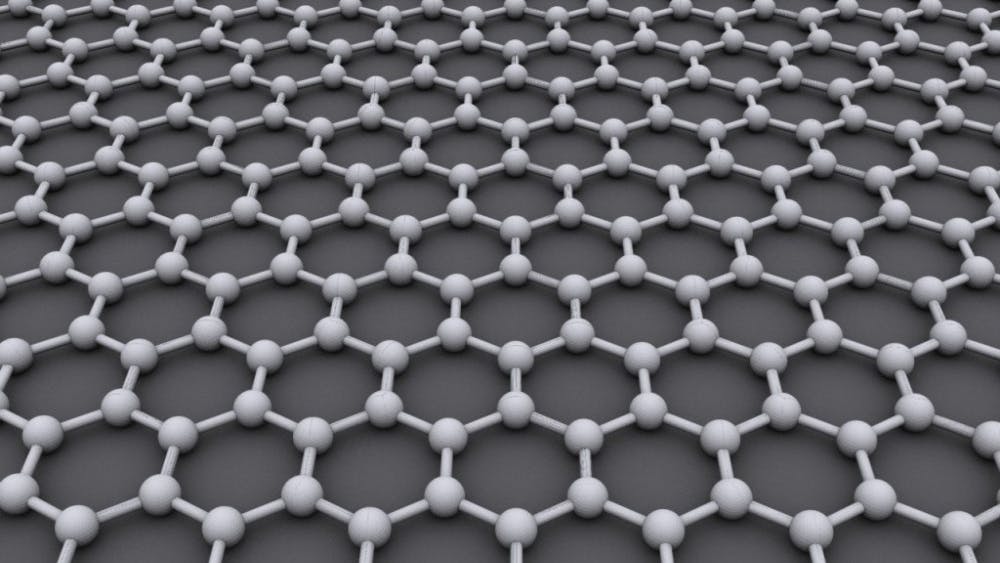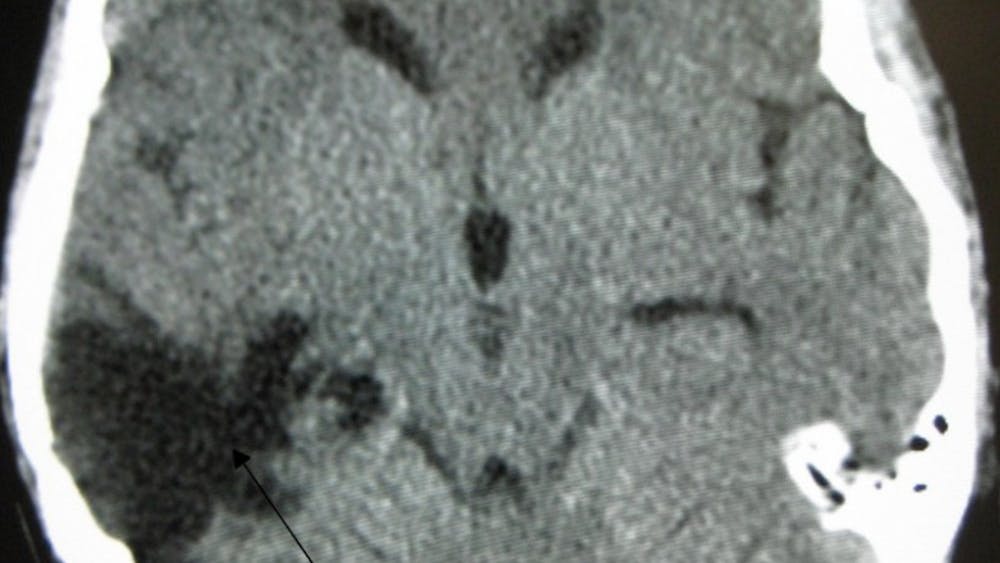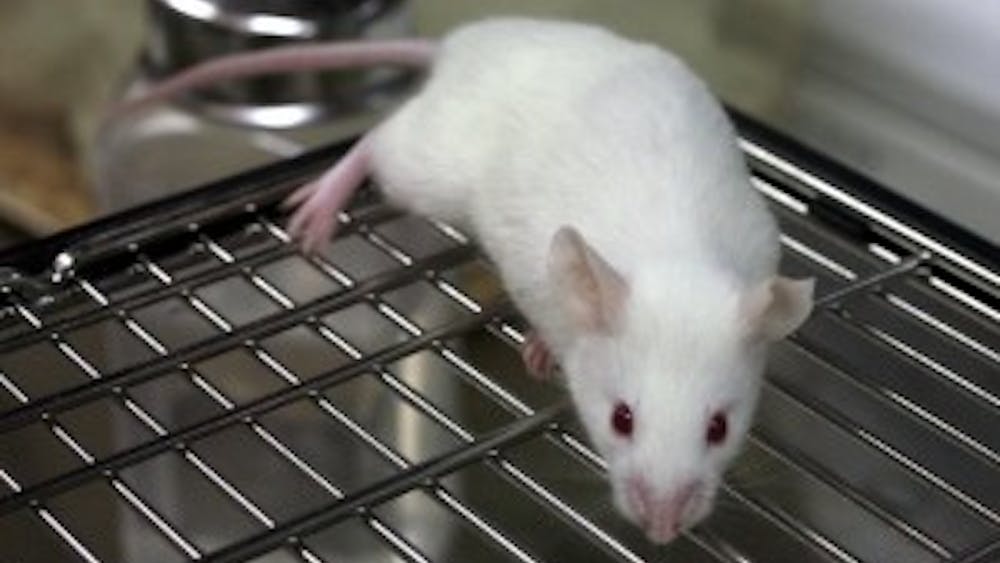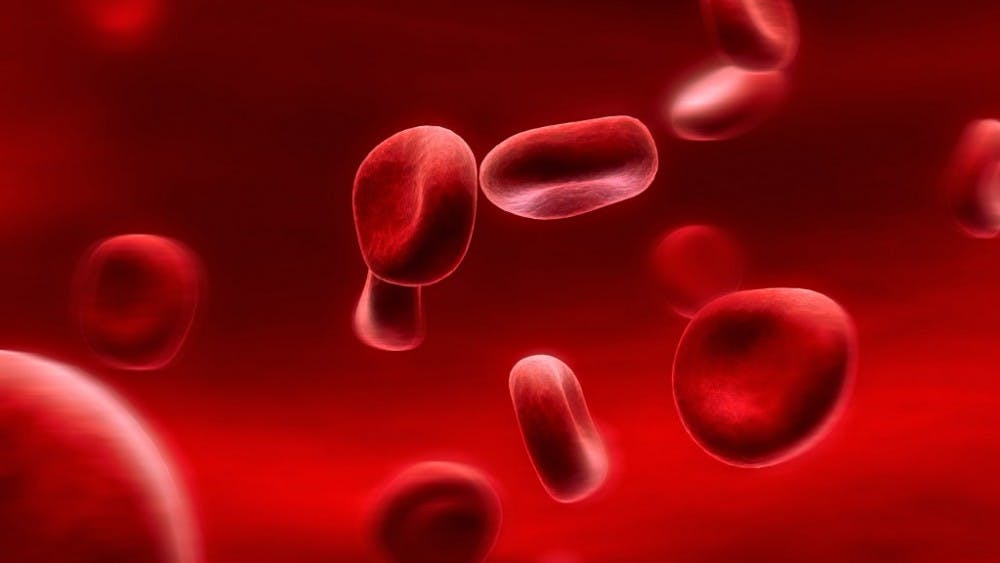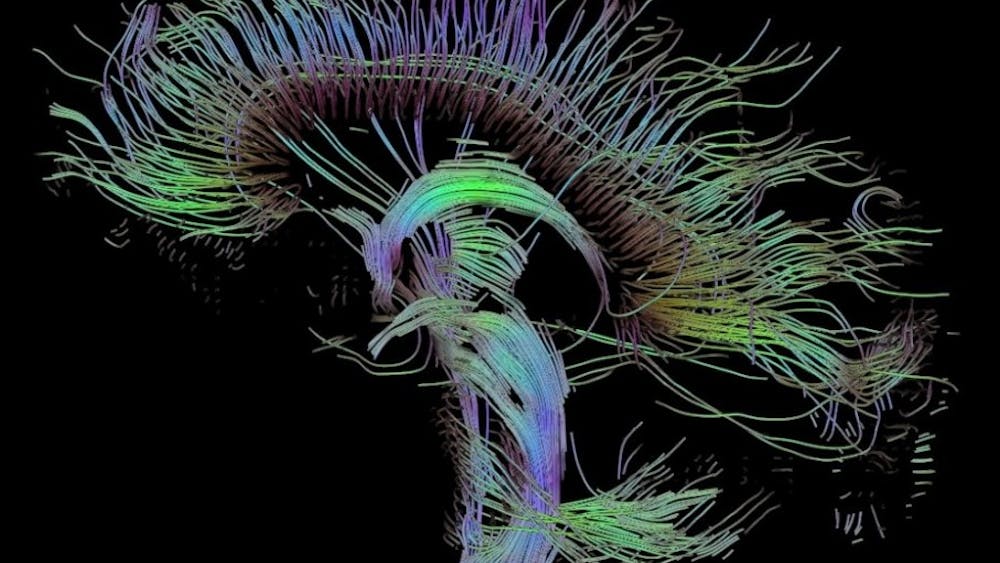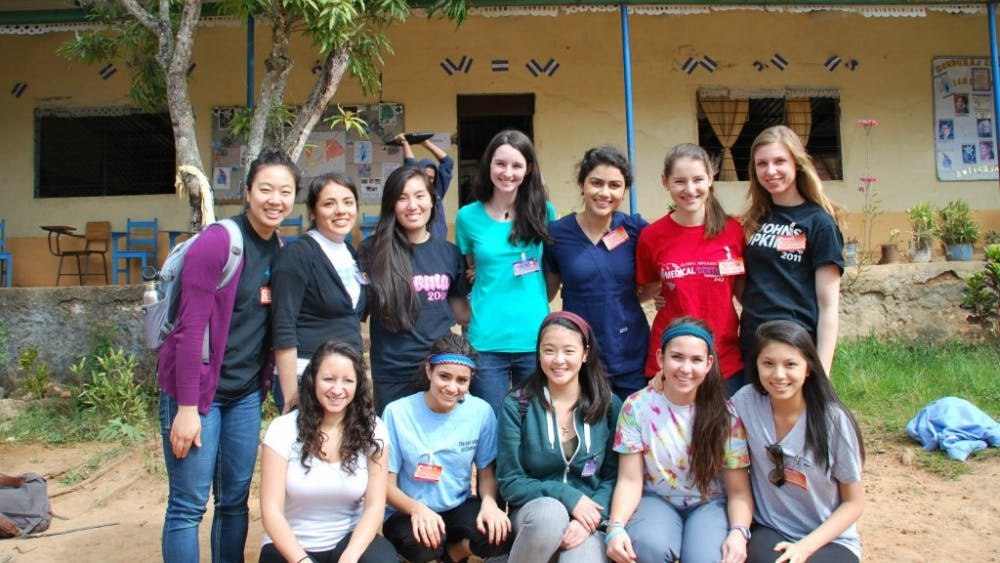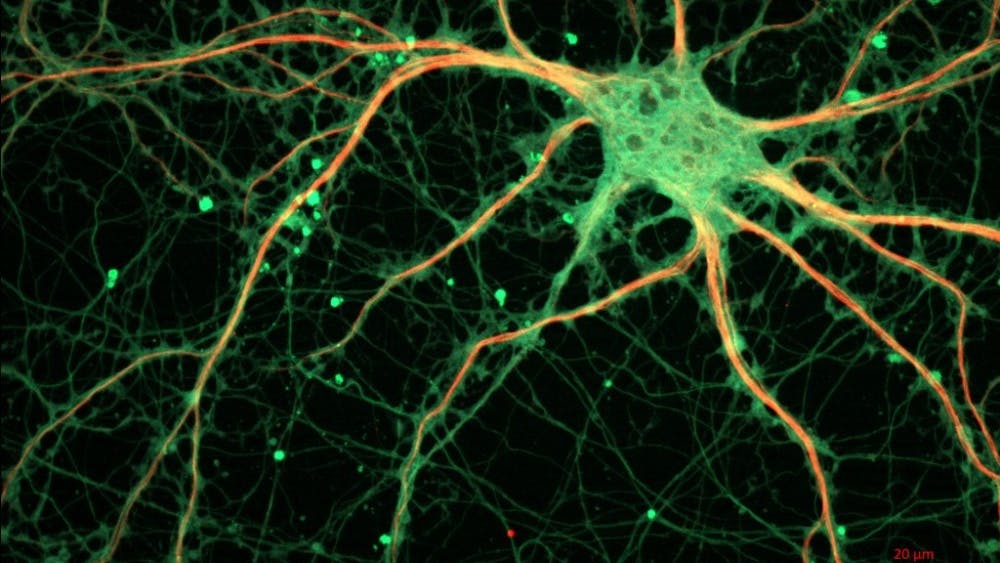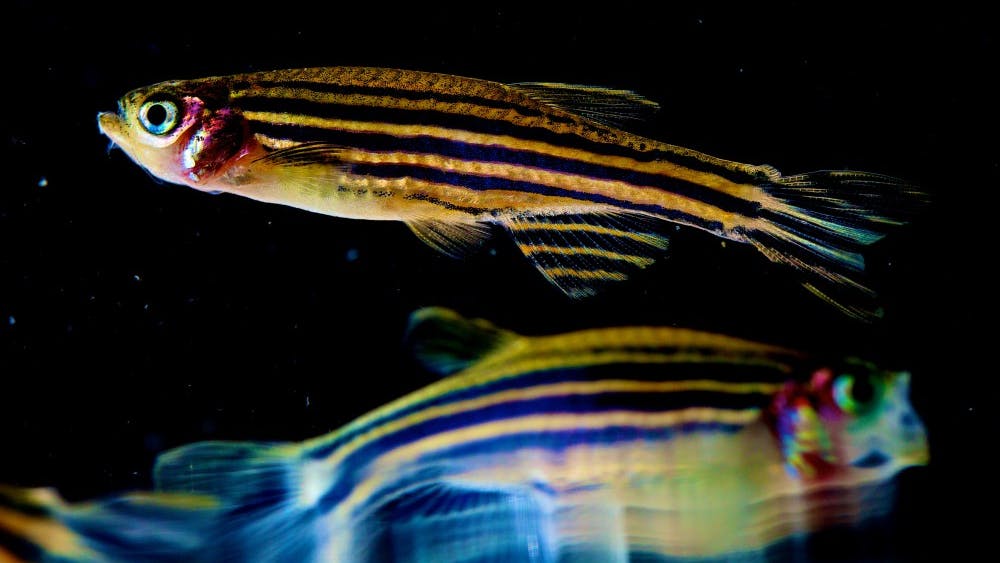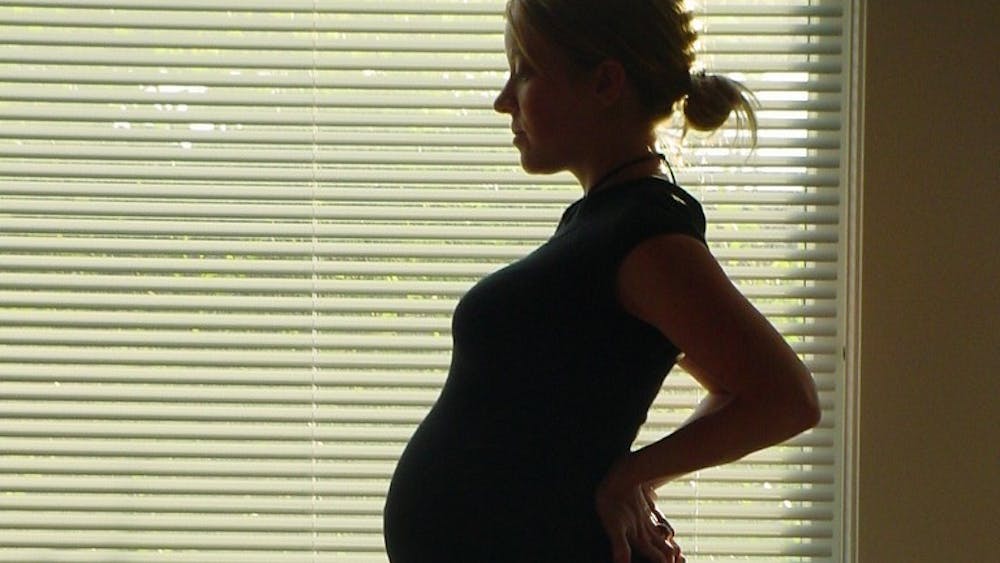Graphene may have fluid-like properties
By PAIGE FRANK | March 3, 2016Graphene is a two dimensional, ultra-conductive material that may be the key to understanding current astronomical phenomena, such as black holes and supernova. Originally isolated in 2004 by professors Andre Geim and Kostya Novoselov at the University of Manchester, Graphene could have the potential to advance our understanding of relativistic physics and completely revamp current electric industrial products. This so-called “wonder material” essentially consists of a one-atom-thick carbon sheet composed of a honeycomb-like network of atoms.

